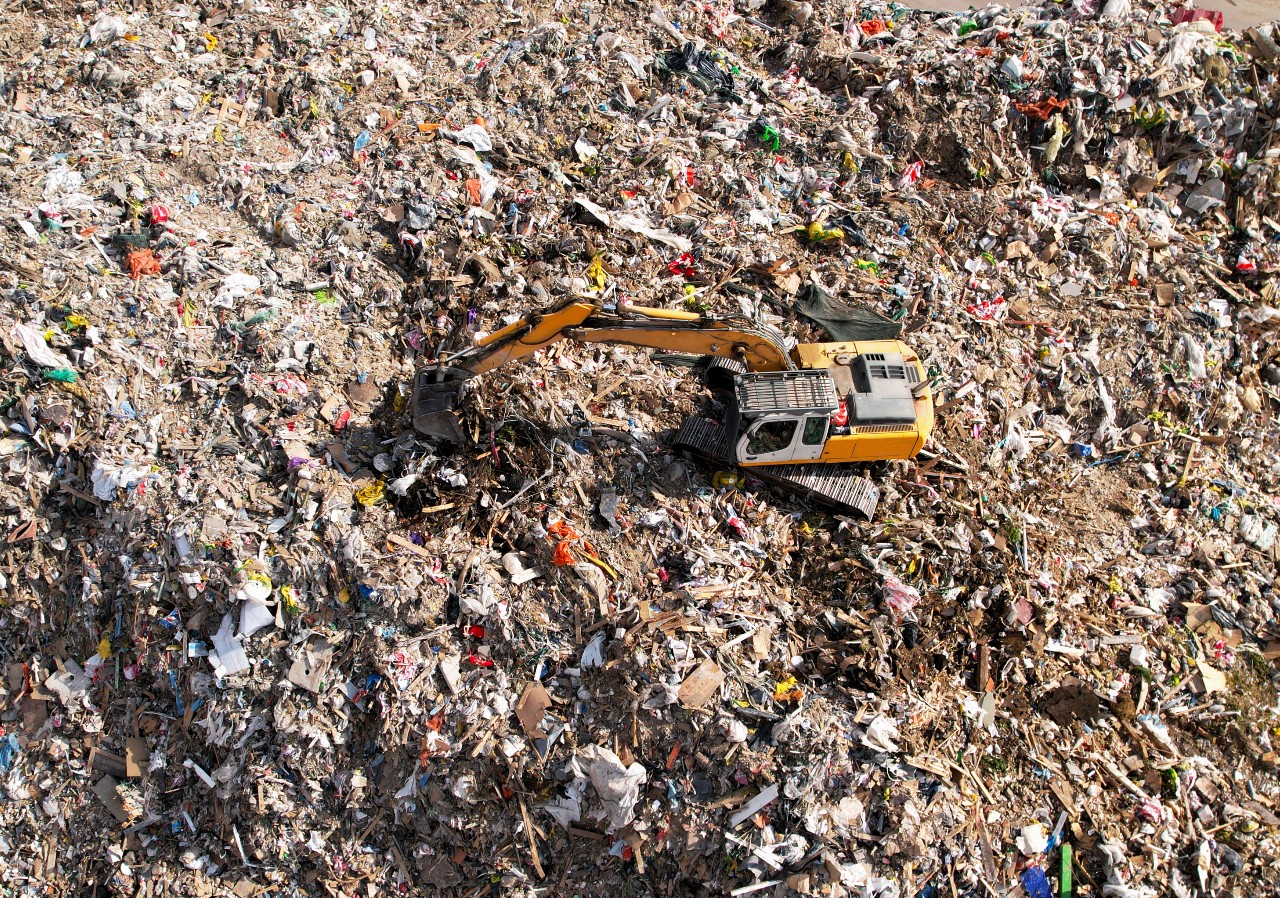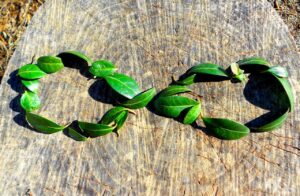Producing Power using Previously Landfilled Waste
Landfilling has historically been the most common method of disposing of solid wastes, but as these landfills fill up and the need for local energy sources rises, there is an increasing interest in a practice known as landfill mining. This involves excavating waste from an old landfill and processing it to recover materials and energy.
The benefits of landfill mining include reducing the need for new landfills, reducing greenhouse gas emissions from decomposing waste, and recovering valuable materials. According to the EPA (Environmental Protection Agency in the U.S.), landfills are the third-largest source of methane emissions in the United States, and this holds roughly true for the rest of the world as well. Methane is one of the worst greenhouse gases, 28 times more potent than CO2. Landfill mining can also recover materials such as metals, glass, and plastics that can be recycled or used as fuel.

The process of landfill mining starts with a site assessment to determine the feasibility of mining a particular landfill. Factors that are considered include the composition of the waste, the depth of the landfill, and the location of the landfill. Once a landfill has been identified as a suitable candidate for mining, the next step is to excavate the waste. This can be done using a variety of methods, including heavy equipment and manual labor.
After the waste has been excavated, it is sorted and processed to recover materials and energy. Metals and glass can be recycled, and plastics can be used as fuel. Organic materials can be composted or used as a source of biogas. According to the International Solid Waste Association (ISWA), the recovery rate of materials from landfill mining can range from 20 to 50%.
 The cost of landfill mining varies depending on the size and location of the landfill, but it is typically more expensive than traditional landfill disposal. However, the cost is offset by the value of the materials and energy recovered, as well as the reduction in greenhouse gas emissions. Overall, landfill mining is an increasingly popular and cost-effective way to manage waste, reduce greenhouse gas emissions and recover valuable materials. It can be a great way for municipalities to address the growing problem of waste disposal, and to look for ways to maximize the resources that are already in landfills. As an added benefit, landfill mining frees up valuable space often close to the city center, as landfills have been historically established quite close to population centers.
The cost of landfill mining varies depending on the size and location of the landfill, but it is typically more expensive than traditional landfill disposal. However, the cost is offset by the value of the materials and energy recovered, as well as the reduction in greenhouse gas emissions. Overall, landfill mining is an increasingly popular and cost-effective way to manage waste, reduce greenhouse gas emissions and recover valuable materials. It can be a great way for municipalities to address the growing problem of waste disposal, and to look for ways to maximize the resources that are already in landfills. As an added benefit, landfill mining frees up valuable space often close to the city center, as landfills have been historically established quite close to population centers.
Today, we generate close to three billion tons of municipal solid waste (MSW) annually. Some 37 percent is disposed of in some form of a landfill, 8 percent of which is disposed of in sanitary landfills with landfill gas collection systems. Open dumping accounts for about 31 percent of waste, 19 percent is recovered through recycling and composting, and 11 percent is incinerated for final disposal. It is estimated that over 40 billion tons of MSW and a similar amount of industrial, demolition and construction wastes has been landfilled in the history of mankind. Over five billion tons of this consists of plastics, a material quite easy to recycle and containing the most energy compared to other landfilled materials. Together the landfilled waste fractions cover an area of over 30,000 km2, roughly equal in size to Belgium, or the state of Maryland in the U.S. They contain over 500 EJ (exajoules), i.e. 5 * 1020 J of energy. This roughly equals the total global energy consumption in 2022.
Our offering for landfill mining, the wasteWOIMA® WtE plant, is a robust solution for combusting different waste streams, including landfill mined waste, to energy. A single boiler island (WOIMAline) wasteWOIMA® plant uses roughly 40,000 to 50,000 tons (~100,000 to 200,000 m3) of waste fuel freeing about one hectare of land per annum. Several WOIMAlines can be integrated to create a larger power plant. Once the waste at the landfill has been used, the modular plant can be dismantled and relocated elsewhere. The earlier separated soil and clean bottom ash resulting from the incineration process can then be used to landscape the former landfill area.
This was an introduction to the topic of landfill mining. Follow our blog series on landfill mining as we travel through some of the world’s largest landfills and dumpsites and asses their power generation potential.
Read more about our landfill mining solution below:
Read more about our carbon-neutral waste-to-energy solutions below:
RELOCATING THE POWER PLANT WITH EASE
Read more about us at www.woimacorporation.com
WOIMA Corporation is a Finnish supplier of best-in-class waste-to-value products, projects and services worldwide. We have developed solutions that enable us, and the customer, to transform and recycle virtually any waste stream into raw materials and energy. At WOIMA we combine Finnish engineering know-how in waste management with power generation design expertise. These solutions are used in Finland every day. They support the circular economy ideology and ensure that less than 1% of Finland’s waste ends up in landfills.
Our mission is to improve quality of life both locally and globally, as well as empower people to utilize waste as a commodity. Our decades of international project management experience ensure an on-time, in-budget and high-quality WOIMA solution delivery across the globe.





